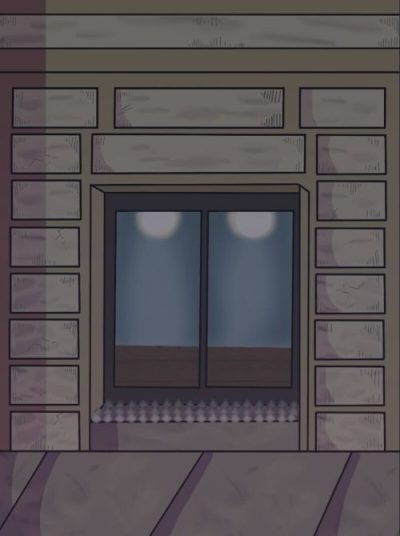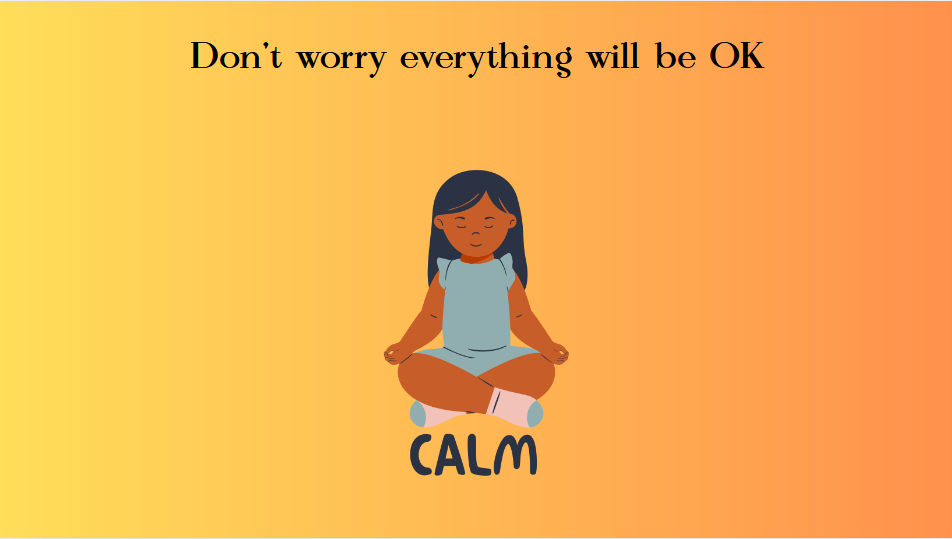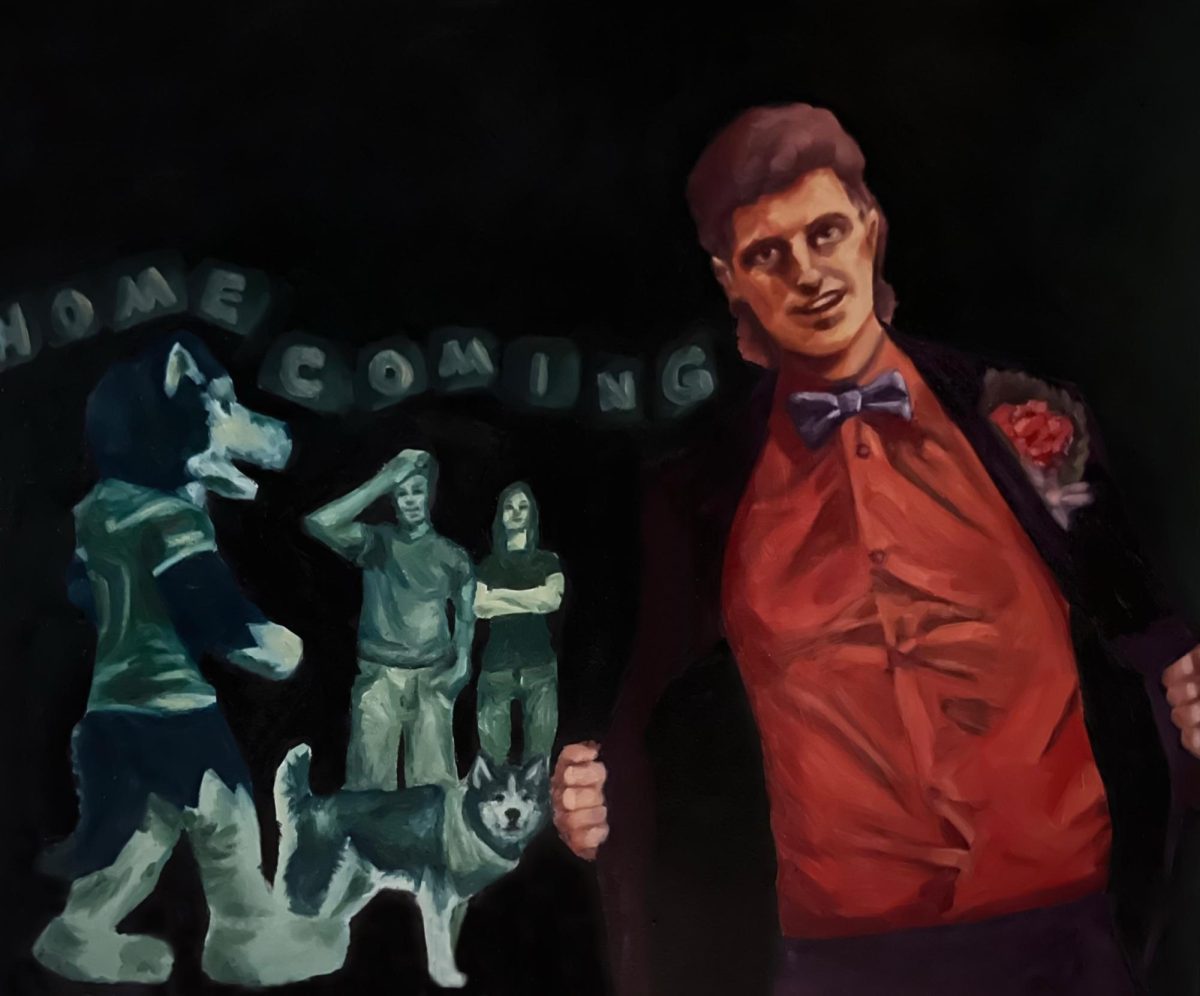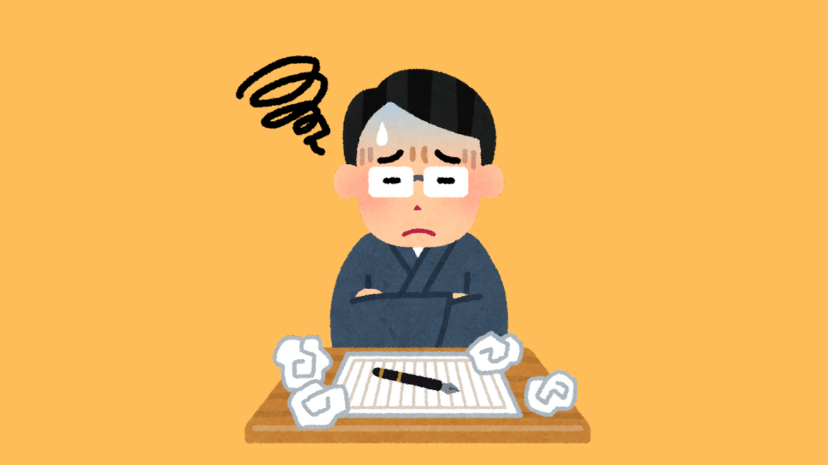From metal spikes on the ground to dividers on benches and chairs, hostile architecture can appear in many ways. It is used to prevent and discourage people from doing certain activities in public spaces, such as skate-stoppers on a bench to prevent skateboarders.
But anti-homeless architecture can also have a more sinister use like preventing homeless people from finding a place to sleep or rest.
When city planners use anti-homeless architecture to keep the homeless population away, it is inhumane. People may choose to sleep on a street or a bench because they have nowhere to go, with homeless shelters sometimes being unavailable due to overcrowding.
In Chicago, an estimated 68,440 people were experiencing homelessness, according to the Chicago Coalition for Homelessness.
When we build anti-homeless architecture, it shows a lack of care for our homeless population because they are considered to be undesirable by people who don’t deal with homelessness or poverty.
People may take the risk of sleeping on the anti-homeless architecture and wake up with sores, but the aggressive architecture is also unappealing to look at.
Anti-homeless architecture does not solve the problem of homelessness, it only ignores and pushes these marginalized people to the side. It is dehumanizing and can make an already bad situation for someone worse.
“A bench isn’t somewhere to sleep. But if we’re excluding (the homeless) from sleeping on benches, then we need to include them somewhere else. We need to start designing our cityscapes with some sort of inclusive, secure areas,” said James Furzer, an architect with the Royal Institute of British Architects, in an interview with CNN. “We just need somewhere they can get the security – somewhere they can take themselves away from the prying eyes of the public. That must be so condemning, being stared at all day.”
A bench is not meant for someone to sleep on; but instead of making hostile architecture as a society, we should put our efforts into providing a safe space for homeless people.
“It’s a shame that it’s come to that – for building owners – where they feel like they have to go to physical efforts, concrete efforts to combat a social problem around them. I don’t think they are usually effective, either,” said Lisa Sharp, owner of Sharp Architect Institute in Sycamore.
Many people want to act and pretend that homelessness doesn’t exist. They may turn their head to look away or hold their nose up in disgust, viewing homeless people as undesirable and without benefit to society. It is that very attitude that contributes to the problem of homelessness.
The disgust and lack of action only exacerbate the problem of people having to sleep on the street or public benches because it doesn’t do anything to solve the problem.
If we want to get rid of this harsh style of architecture, we should be more kind, provide adequate and affordable housing, and change the way we view unhoused people.
Hostile architecture does the opposite of making society safe to live in. It only makes homeless people, an already ostracized group, feel even more unsupported.
It makes the environment that we are in feel unwelcoming. As a society, we should get rid of hostile architecture and start giving more care to homeless people.















